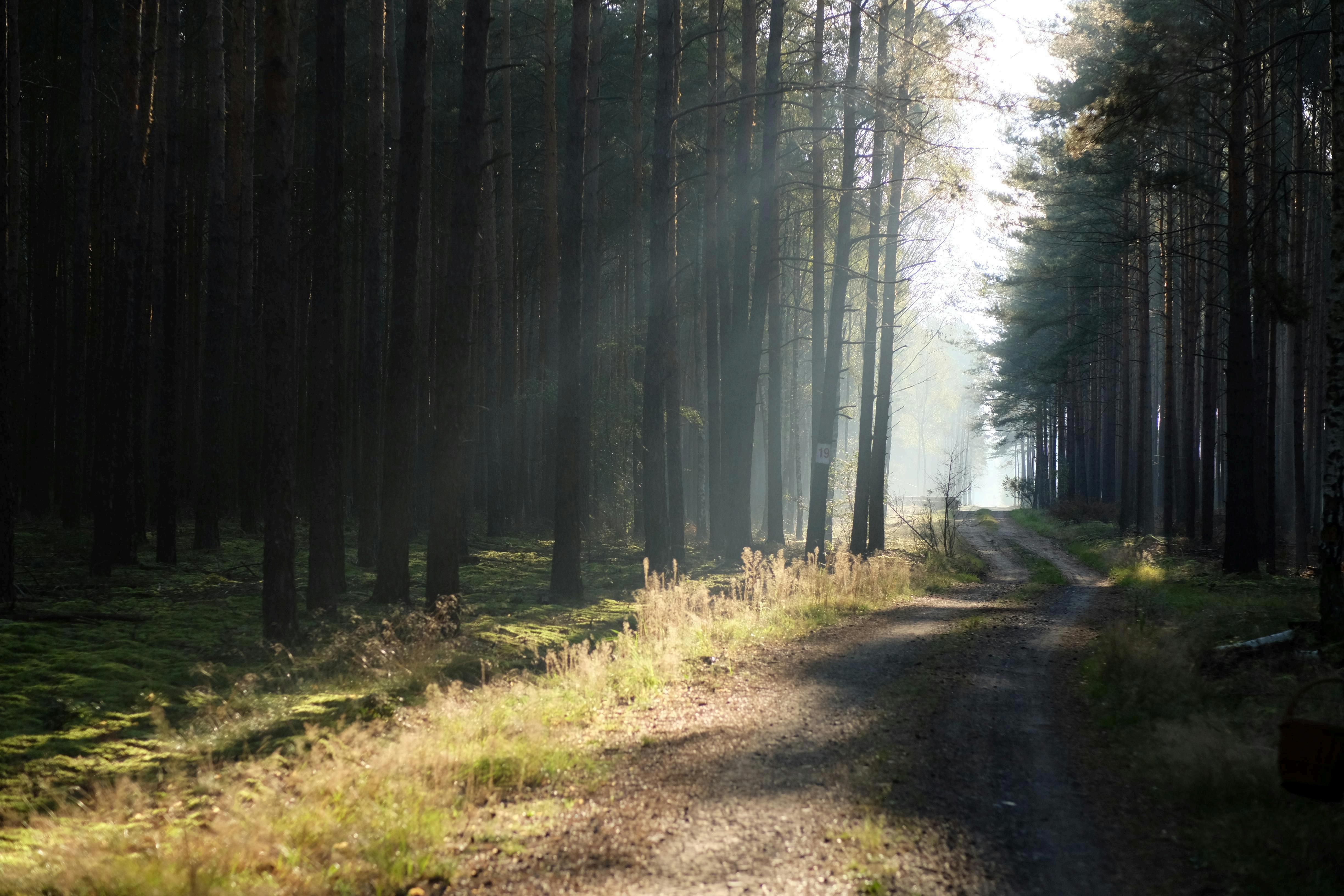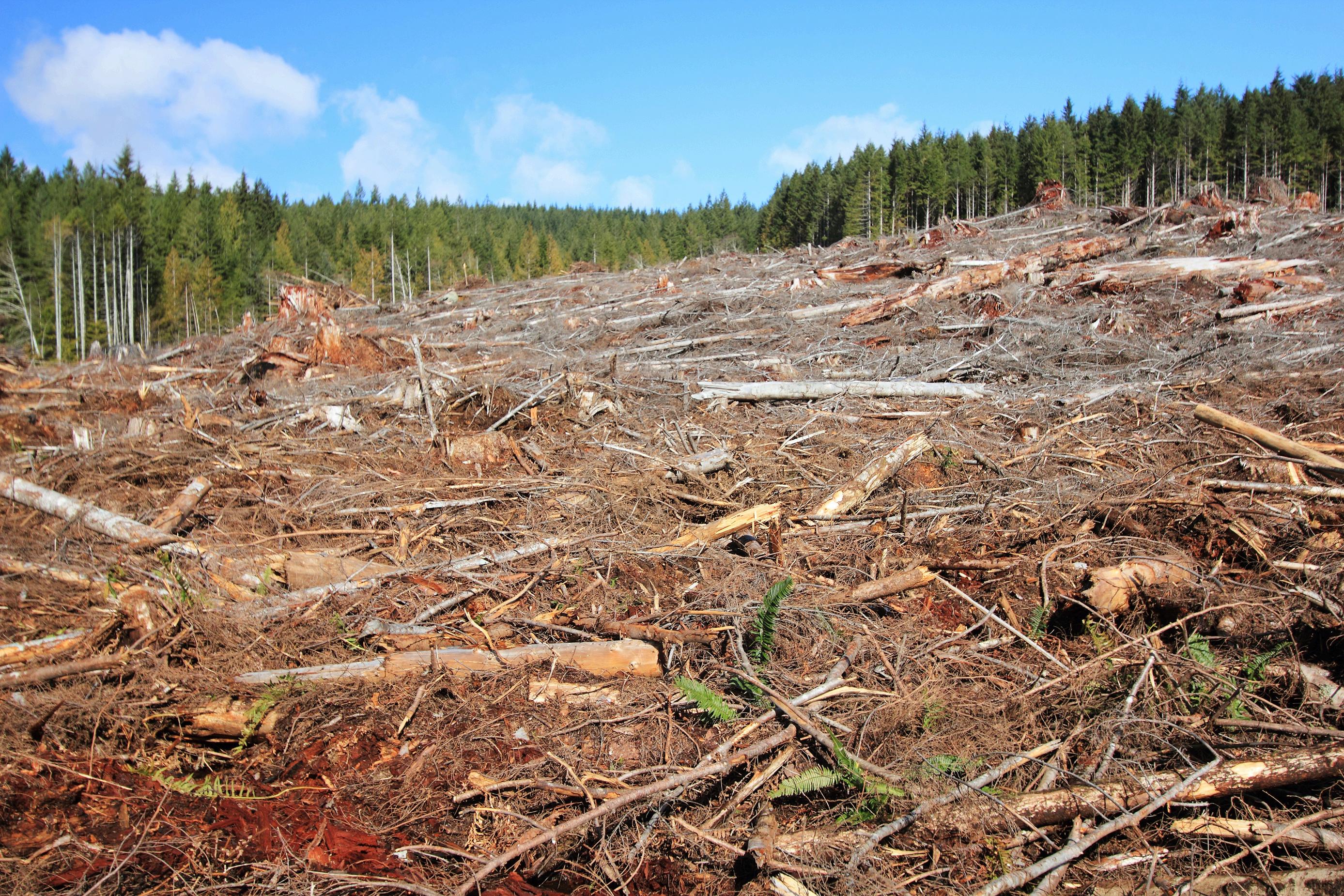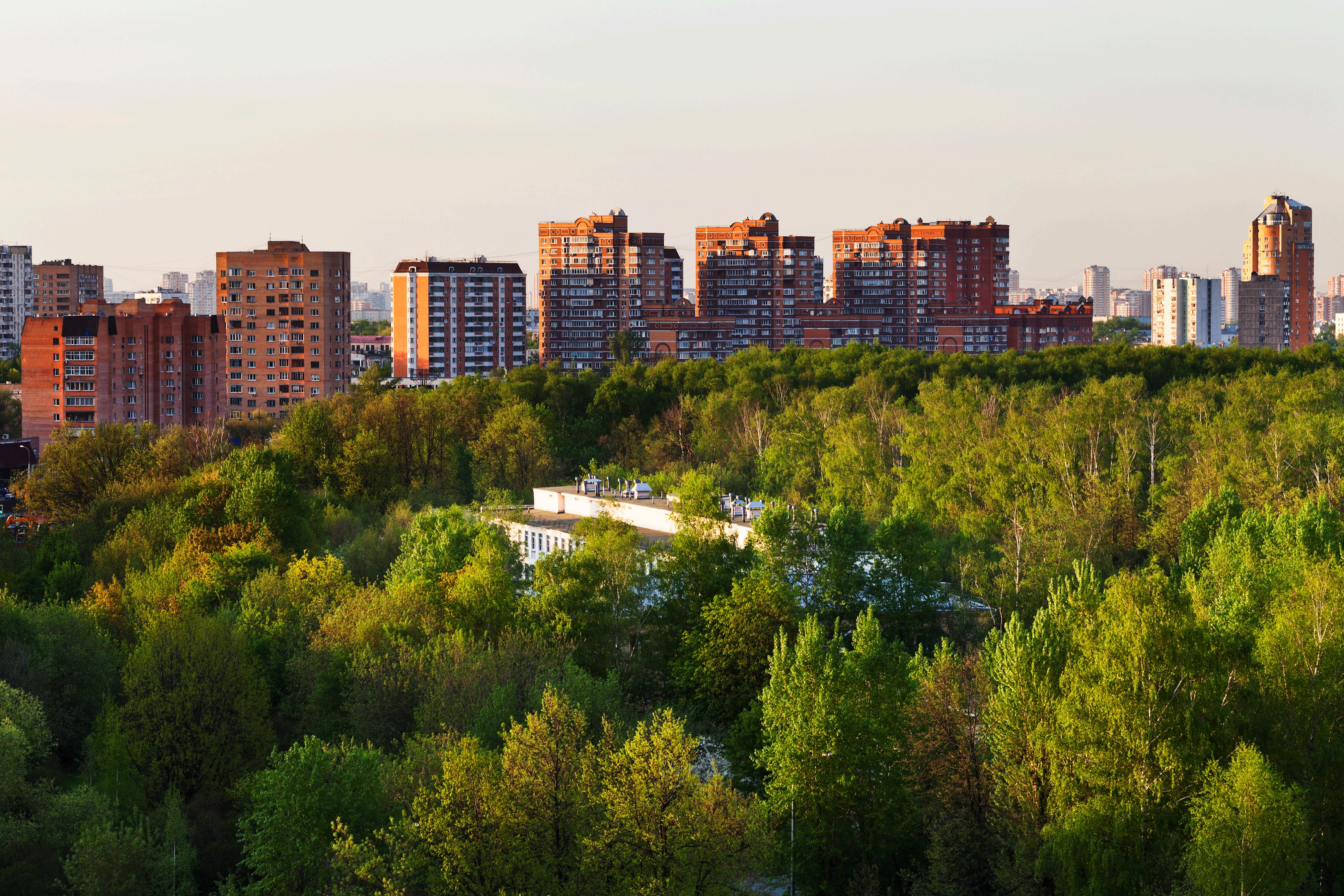Urban Forestry & the Great Dichotomy
BY JEFFREY K. SMITH, AIA, NCARB

"In the woods, we return to reason and faith."
– Ralph Waldo Emerson


BY JEFFREY K. SMITH, AIA, NCARB

"In the woods, we return to reason and faith."
– Ralph Waldo Emerson

A dichotomy is defined as “a difference between two completely opposite things ” In many ways, urban forestry is exactly that a paradox we’re still trying to reconcile
Throughout history, as humanity advanced and built civilizations, we did so by cutting down forests We removed nature to make space for cities, trading in trees for roads, concrete, and infrastructure Yet, as we became more urban, our need for nature never disappeared If anything, it grew stronger
Today, we face an urgent question: How can we balance the built environment with the natural world? As Janine Benyus, author of Biomimicry: Innovation Inspired by Nature, so insightfully put it:
"When the forest and the city are functionally indistinguishable, then we know we have reached sustainability "
That’s the goal But how close are we to it? And how have we historically addressed this dilemma?
Urban forests are more than decorative landscaping they’re essential The benefits of a thriving urban canopy are broad and impactful:
Cooling shade and reduced urban heat islands
Noise reduction
Habitat for birds and wildlife
Visual beauty and psychological well-being
Improved air quality and stormwater absorption
Softer, more livable streetscapes
Urban areas make up just 4% of the planet’s surface But if thoughtfully planted, they could support around 121 billion trees a stunning opportunity to help heal the planet
American Forests, the oldest nonprofit conservation organization in the U S (est 1875), is leading the charge on research, awareness, and action through its Community Relief and Tree Equity programs These efforts are building the case for urban forestry not just as an environmental luxury, but a necessity
Some of the most successful urban forests exist in cities that have had time to mature think of the tree-lined streets of Paris or the lush parks of Chicago and Portland What sets these cities apart is planning They built infrastructure with trees in mind creating permeable sidewalks, accommodating utilities, and prioritizing green corridors

Here in our region, particularly along the Northshore I12 corridor, we face rapid development within a naturally rich pine forest ecosystem Unfortunately, many current strategies favor maximum land use over sustainable planning Forests are cleared wholesale, replaced by wide commercial corridors and cul-de-sac subdivisions, with little consideration given to walkability or green space
Developments often:
Prioritize single access points behind strip malls
Lack of tree-lined streets or integrated green space
Create heat islands and traffic congestion
Ignore native ecology in landscaping choices
This model prioritizes short-term gains over long-term viability
But all is not lost there’s still time to pivot
Zoning ordinances can be revised to require major roads to become tree-lined boulevards
Subdivision regulations can prioritize shade trees along every residential street Infrastructure should be designed to accommodate tree roots, growth, and longevity
Species selection must be guided by soil

We can go further by encouraging (or requiring) parking lots to "Put the Park Back in Parking Lots" by planting shade trees every sixth car and using permeable surfaces around them. As Joni Mitchell sang, “They paved paradise and put up a parking lot.” It’s time we do the opposite.
Through grants, education, and incentives, we can empower homeowners to begin planting shade trees in existing neighborhoods, one yard at a time.
This dichotomy city and forest is not unsolvable. With vision and commitment, we can bring nature back into our built environments. When we do, we don’t just build better cities we build healthier, more joyful lives.
After all, beauty matters. Studies consistently show that aesthetically rich environments improve mood, reduce stress, and enhance quality of life. Urban forestry isn't just good for the planet it’s good for the soul.

H/S EXPERIENCE As human beings, we spend our personal and professional time within the built environment As Architects, we are privileged to create spaces where people can gather, live, learn, work, eat, sleep, and worship Therefore, it is incumbent that we design spaces that enhance the quality of life and nurture a greater passion for living Our design approach is influenced by the environment, culture, and community in which architecture exists To take it further We Design for Life.




Jeffrey K Smith, AIA, NCARB is the Design Principal at Holly & Smith Architects. Jeffrey has passionately balanced the dichotomy between the natural and built environment. Professionally, his design direction has focused on sustainability through rigorous evaluations of the natural environment of each building site He has led this effort as a past president of the American Institute of Architects Louisiana and New Orleans chapters and through the community as a past member of the Hammond Historic District Commission, Hammond Downtown Development District, and Hammond Planning and Zoning Commission, as well as Chairman to several planning committees His dream is that we build our structures to fit seamlessly into the environment and produce rather than consume energy